![]() December 18, 2023
December 18, 2023
![]() 360
360
![]() 0
0
Plants exhibit diverse modes of nutrition in plants, reflecting their ability to harness energy from various sources. These diverse nutritional strategies highlight the adaptability of plants to their environments and their ability to utilize various resources for growth and development.
Nutrition in Plants: Autotrophic and Heterotrophic Modes:
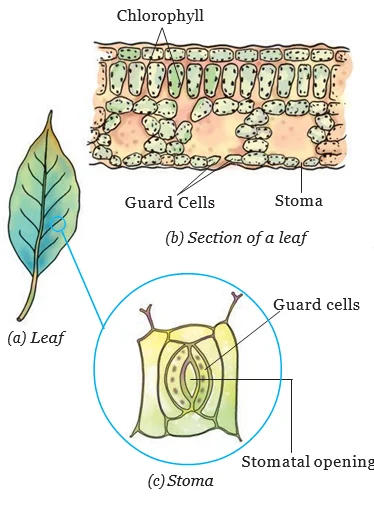
Photosynthesis:

Important Products:
Importance of Nitrogen for Plants:
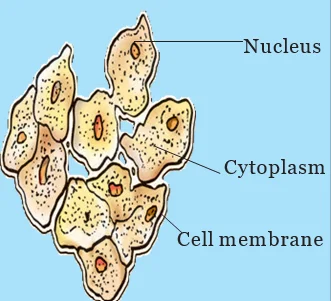
| CELLS: The bodies of living organisms are made of tiny units called cells. Cells can be seen only under the microscope. Some organisms are made of only one cell. The cell is enclosed by a thin outer boundary, called the cell membrane. Most cells have a distinct, centrally located spherical structure called the nucleus. The nucleus is surrounded by a jelly-like substance called cytoplasm. |
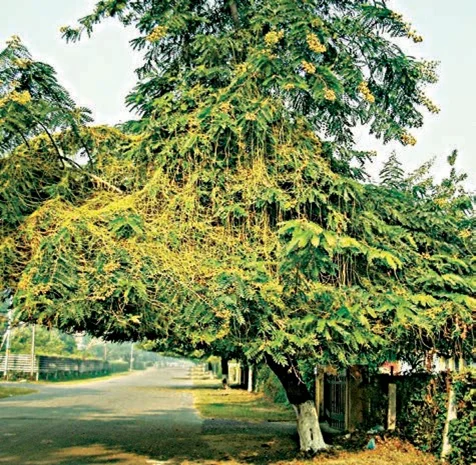
Saprotrophs
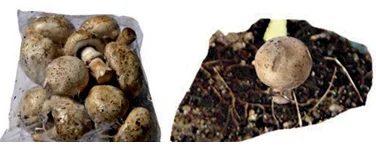
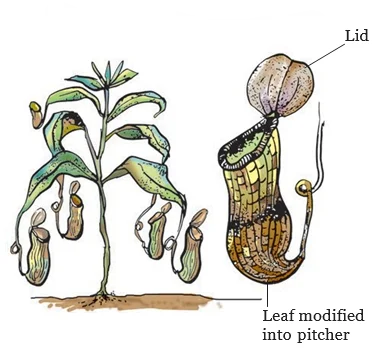
Nurturing Bonds: Symbiotic Relationships in Nutrition in Plant
Boosting Soil Health: How Plants and Bacteria Work Together for Better Nutrition in plants
In summary, understanding Nutrition in plants reveals the intricate processes that sustain life. Plant nutrition in plant is a dynamic interplay of symbiotic relationships and soil enrichment practices. Through Nutrition in Plant, we unlock the secrets to fostering sustainable growth and agricultural success.
<div class="new-fform">
</div>

Latest Comments